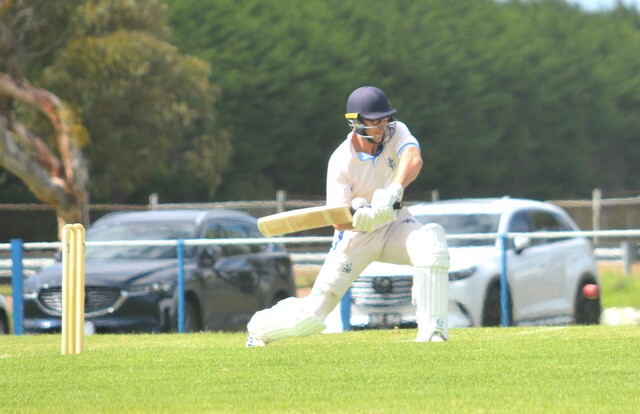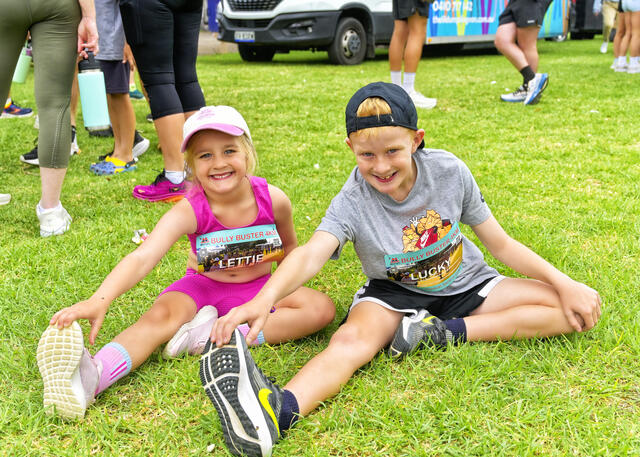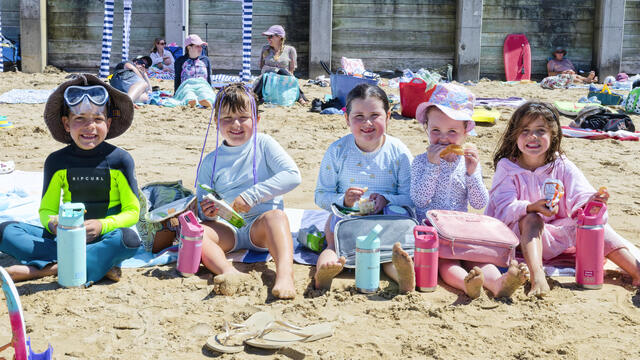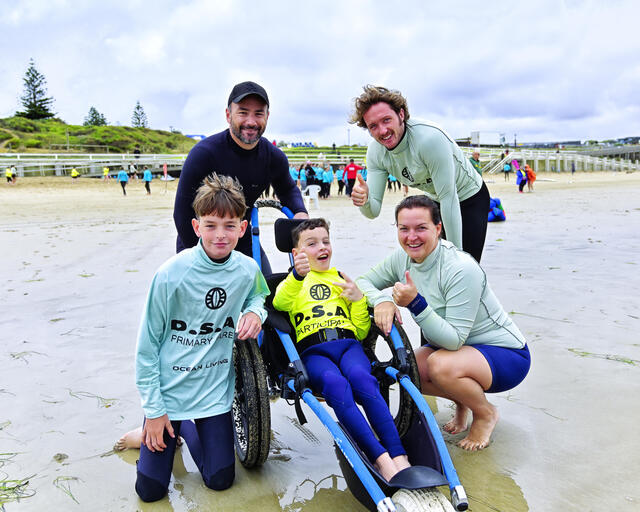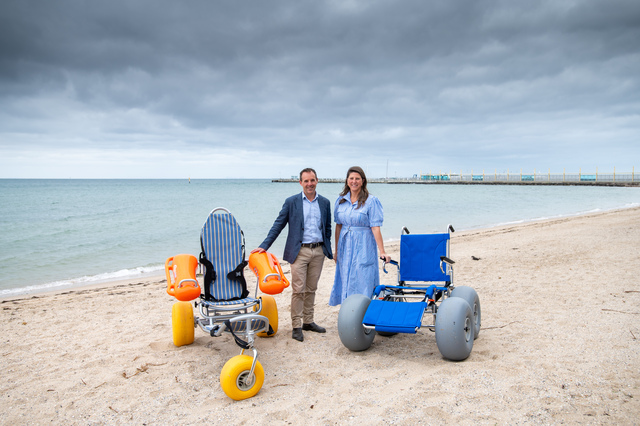Geelong paramedics have responded to their busiest quarter ever as the spike in COVID-19 cases last year saw more code one callouts.
Ambulance Victoria’s response time data for last three months of 2021 showed there were 4138 code one – lights and sirens – emergency callouts within the City of Greater Geelong, almost 200 more than the same period in 2020.
Paramedics attended 74.8 per cent of code one patients in Greater Geelong within 15 minutes – compared with 79.6 per cent in 2020.
The average response time to code one patients was 13 minutes and 13 seconds.
Response times were faster within Geelong, with ambulances reaching 78.9 per cent of code one patients within 15 minutes, with an average response time of 12 minutes and 34 seconds.
Ambulance Victoria Barwon South West acting regional director Jerome Peyton said the data showed the entire health system was under unprecedented sustained pressure.
The service estimates as many as one-in-five calls to Triple Zero for an ambulance do not require an emergency response.
“Every call for assistance that isn’t an emergency puts significant strain on our crews to reach those who need us the most,” Mr Peyton said.
“We are now seeing a significant increase in calls from people with COVID-19 symptoms, many who do not require emergency care.
“Most people with COVID-19 will not need an ambulance, as minor COVID-19 symptoms can be managed at home. If you develop severe symptoms, you should call Triple Zero (000) immediately.”
On the Surf Coast, code one emergency callouts were slightly down on 12 months ago, but the average response time was more than one minute longer.
The data showed 57.7 per cent of calls were reached within the benchmark 15 minutes, with an average time of 16 minutes and 28 seconds.
Ambulance Victoria chief executive Professor Tony Walker said the record workload and slower response times were no surprise given the ongoing impact of the COVID-19 pandemic.
“Demand is now higher than pre-pandemic levels. During the last quarter we were challenged by the peak of the Delta wave, the easing of COVID-19 restrictions and the emergence of the Omicron COVID-19 variant,” Professor Walker said.
“Performance has also been impacted by the time spent offloading patients at busy hospitals and sicker patients who have delayed visiting their GP or specialist now finding themselves more unwell.
“Paramedics are under increasing pressure due to fatigue and record workload, wearing PPE to all cases and furloughing due to COVID-19 exposure, reducing staff and ambulance availability.”
Professor Walker said Ambulance Victoria was doing what it could to relieve pressure in the system and get more paramedics on the road, including recruiting 700 new paramedics in the last year and expanding secondary triage service and medium acuity transport services to free up resources.




